What is the flavor of coffee producing areas? what are the factors that affect the flavor of Arabica coffee beans?
Professional coffee knowledge exchange More coffee bean information Please pay attention to coffee workshop (Weixin Official Accounts cafe_style)
introduction
Recently, I saw a message from a former street fan asking: "Is it the variety or planting area that affects the coffee flavor?" Dr Francesco Illy, founder of illy coffee, explained: "70% of the characteristics and body of coffee beans are determined by genes, and the remaining 30% depends on the ecosystem in which they are grown." In other words, the type of coffee is important, but the latitude, altitude, soil, sunshine, temperature, and humidity of the growing area all affect the flavor performance of the same coffee variety.

What does latitude affect? Where is the coffee belt?
Latitude affects the intensity of sunlight and the temperature. Most of the world's coffee-growing regions are located in tropical regions between the Tropic of Cancer (including the equator), that is, 25 degrees north of the equator and 30 degrees south of the equator in tropical or subtropical regions. The average annual temperature of coffee growing belt is between 16-25℃, frost-free, and the annual rainfall is 1600-2000 mm.
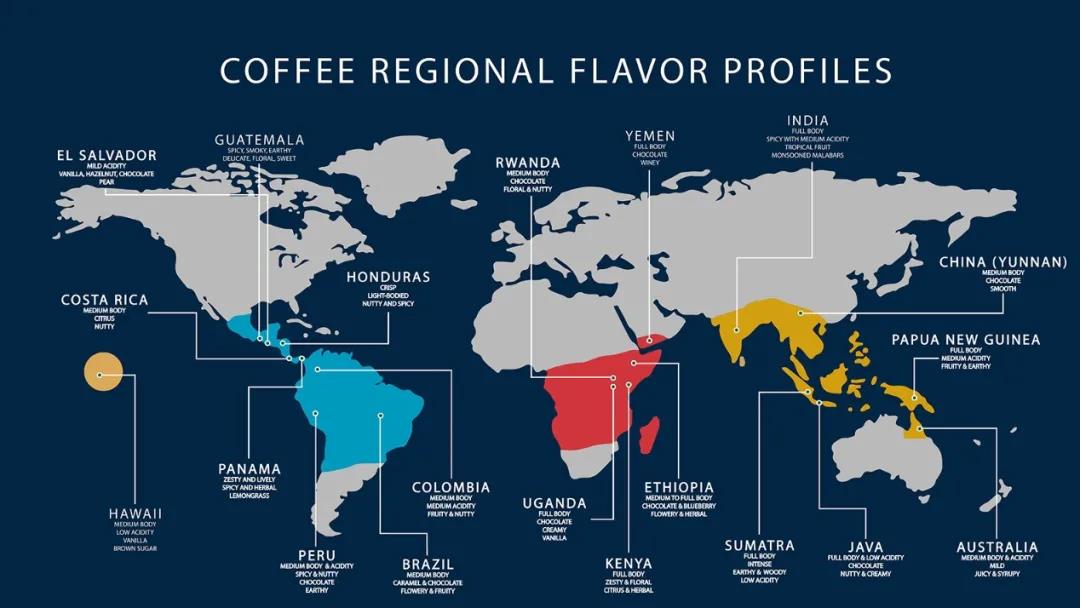
Effect of altitude on coffee flavor
Front Street often mentions that the higher the elevation of coffee producing areas, the richer the coffee flavor. Why is this? Studies have shown that for every 100 meters above sea level, the temperature of the area decreases by 0.6 degrees Celsius; for every 300 meters above sea level, the sucrose content of the same variety of coffee beans increases by 10%, and sucrose produces more sour substances during roasting.
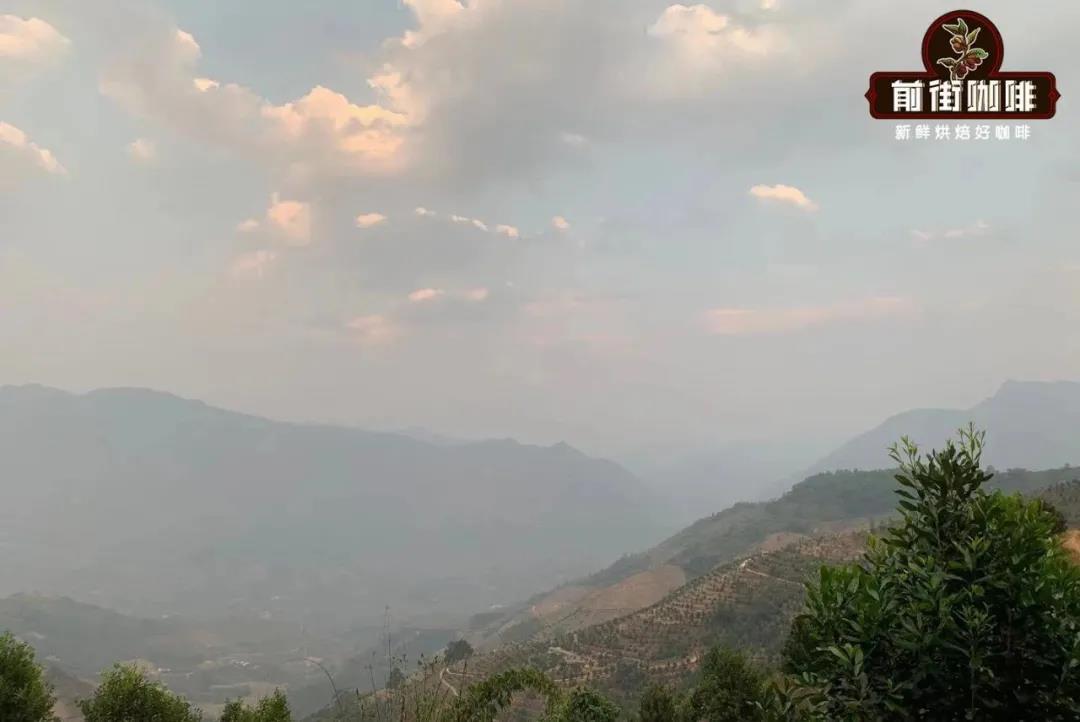
So as the temperature rises, the difference between day and night increases, and the fruit grows slower, it develops more flavor, which explains why coffee beans at higher altitudes are more acidic than coffee beans at lower altitudes.
Effect of Soil on Coffee Flavor
Coffee beans grown in Central America have attractive acidity without losing body, thanks to volcanic soils. Volcanic soil contains high concentrations of sulfur and sulfide, which are essential elements for coffee to form acid aroma substances. Volcanic soil is also rich in potassium, which helps to enhance the mellow degree of coffee. The amount of these substances in the soil will affect the performance of a certain flavor of coffee.
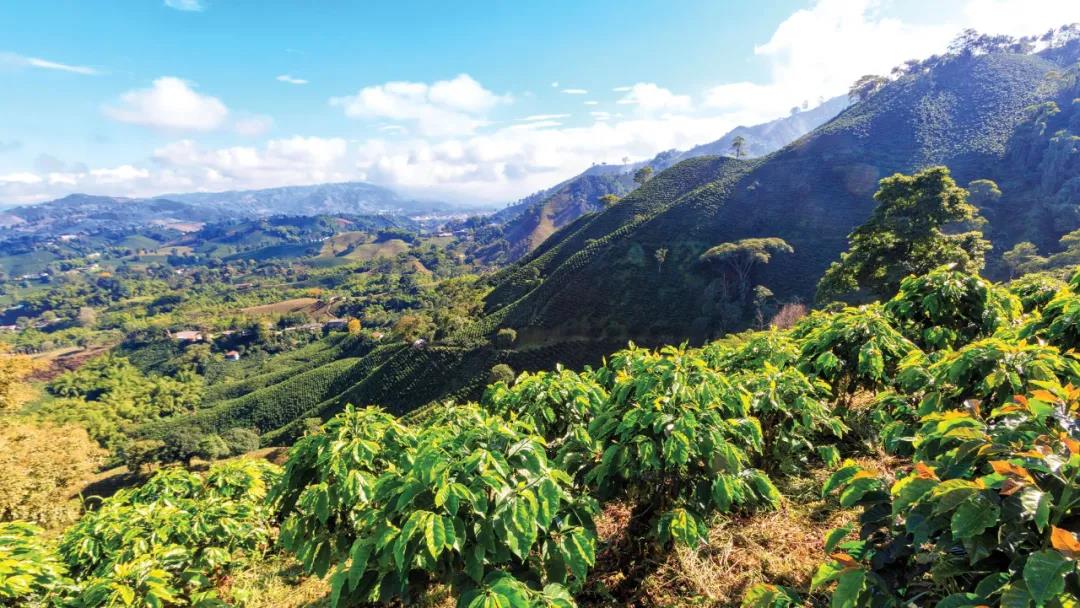
In addition to minerals that can affect coffee flavor, phosphoric acid in the soil can also change the acidity of coffee. For example, Kenya's soil contains a lot of phosphoric acid, which makes Kenya's coffee beans have a very prominent sour flavor.
Effects of sunshine and temperature on coffee flavor
The high temperature produced by sunlight will speed up the metabolism of coffee fruits and ripen faster. However, this accelerated ripening of coffee fruits does not have enough time to develop more flavor, coffee can also drink ordinary or even boring. To solve this problem, shade trees appeared.
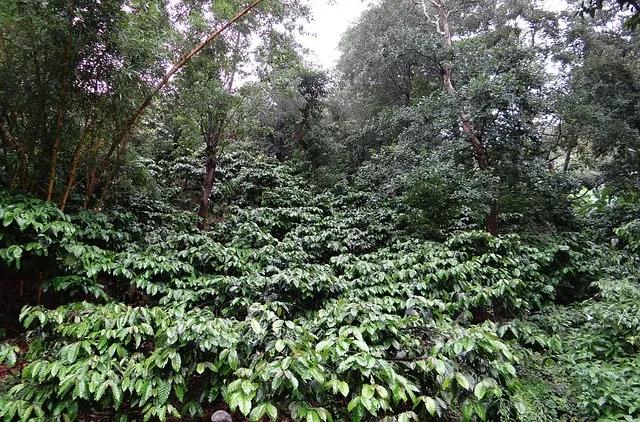
Plant native trees taller than him on top of coffee trees, blocking most of the sun. Coffee trees do not need to be directly exposed to the sun, coffee fruit metabolism will also slow down, help to develop more flavor.
Effect of humidity on coffee flavor
Studies have shown that coffee beans from high-humidity areas taste more fruity, such as coffee beans from the Coban region of Guatemala. So Front Street compared coffee beans from eight Guatemala regions, and the sour and sweet taste of coffee beans in Coban region was indeed more obvious than coffee beans from the other seven regions.
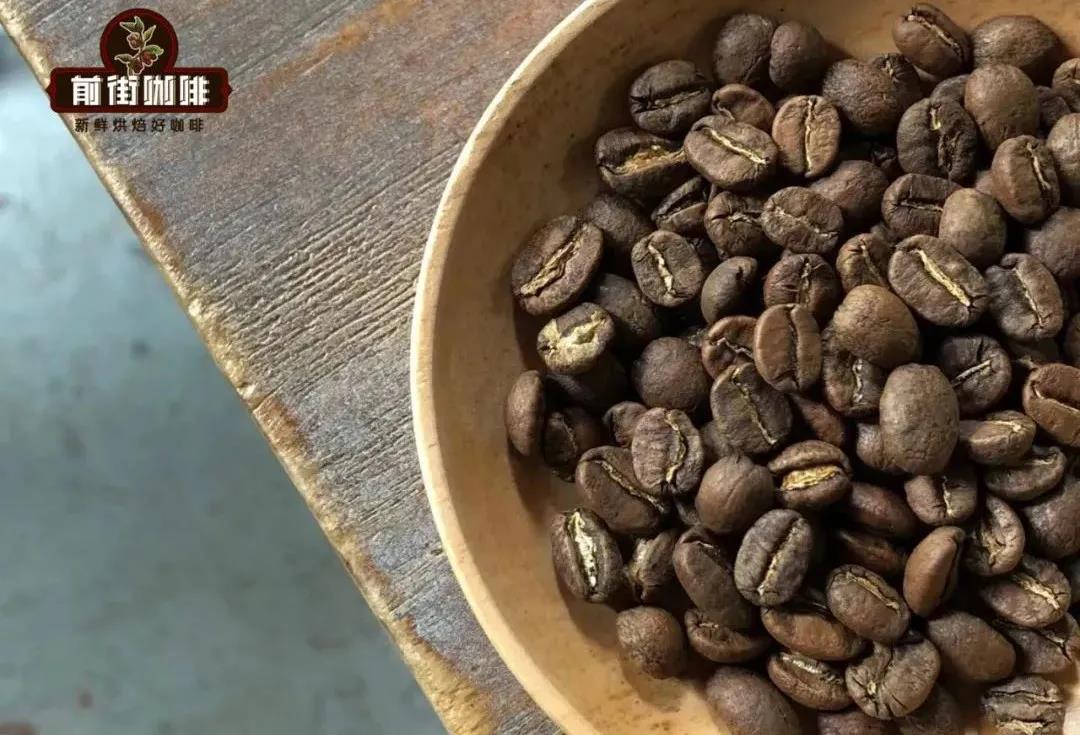
The reason is that the Cobain region is a tropical rain forest region, and high humidity can increase the concentration of malic acid in coffee pulp and help sugar production. The fruity components of the malic acid are absorbed by the coffee beans, and the sugar also produces more sour aromas during the roasting process, resulting in a rich fruity sour flavor.
More fine coffee beans, please add private WeChat Qianjie Coffee, WeChat: kaixinguoguo0925
Important Notice :
前街咖啡 FrontStreet Coffee has moved to new addredd:
FrontStreet Coffee Address: 315,Donghua East Road,GuangZhou
Tel:020 38364473
- Prev
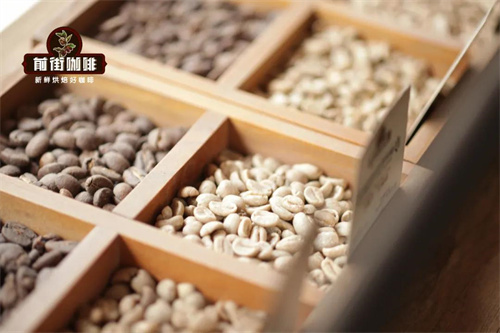
The composition of coffee fruit and coffee beans what is the reason why coffee is bitter? Caffeine content of coffee beans
Professional coffee knowledge exchange more coffee bean information Please follow the coffee workshop (Wechat official account cafe_style) after reading the title, some friends began to wonder: coffee fruit and coffee beans are not the same thing? Yes, the relationship between the two is like a mother and a son. Coffee beans come from the core of a coffee fruit. This is a coffee fruit.
- Next

Whether the handle of espresso should be buckled back to make the head or the effect of room temperature on the flavor of coffee
Professional coffee knowledge exchange more coffee bean information Please pay attention to the coffee workshop (Wechat official account cafe_style) after the guide to extract espresso, should the handle be fastened to the brewing head to keep warm or should it be placed at room temperature? Baristas have different views on this issue. Some baristas think that the handle buckle on the brewing head can keep the whole handle (including powder bowl) at the same temperature.
Related
- Beginners will see the "Coffee pull flower" guide!
- What is the difference between ice blog purified milk and ordinary milk coffee?
- Why is the Philippines the largest producer of crops in Liberia?
- For coffee extraction, should the fine powder be retained?
- How does extracted espresso fill pressed powder? How much strength does it take to press the powder?
- How to make jasmine cold extract coffee? Is the jasmine + latte good?
- Will this little toy really make the coffee taste better? How does Lily Drip affect coffee extraction?
- Will the action of slapping the filter cup also affect coffee extraction?
- What's the difference between powder-to-water ratio and powder-to-liquid ratio?
- What is the Ethiopian local species? What does it have to do with Heirloom native species?

